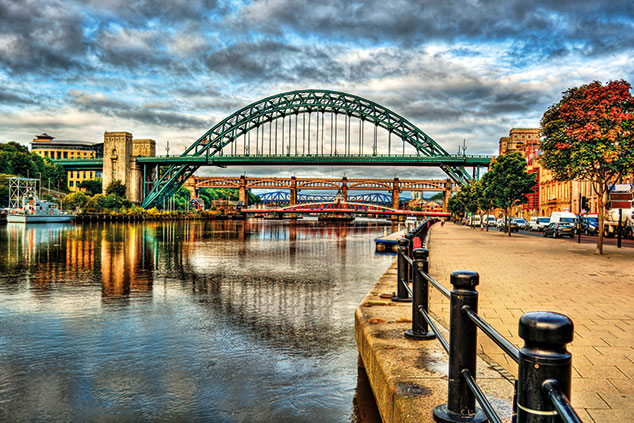
Early adopters of the government’s help-to-buy equity-loan scheme must now pay for the privilege.
From next month, the earliest recipients of a help-to-buy equity loan from the government will have to start paying interest on the loan, prompting concern that some will struggle to meet the payments or exit the scheme. The scheme was first offered in 2013. House hunters could get taxpayer-backed loans of up to 20% of the value of a new-build property (40% in London). The buyer then just had to find a 5% deposit of their own – the idea being that people would be able to access more favourable mortgage products by putting down a larger deposit than they would otherwise have been able to afford.
However, while the loan is interest-free for the first five years, that period will soon be over for the 2,000-odd people who first took advantage of the scheme in early 2013. As of next month, these people will have to pay a fee of 1.75% of the value of the loan. This fee grows each year in line with the retail price index plus 1% (and is, of course, on top of the homeowner’s mortgage payments). The fee does not reduce the loan – you either repay it when you sell, or you can make minimum repayments of 10% of your house’s value.
Those who took out an equity loan in 2013 can expect to pay an average of £652 in fees in the first year alone, or £927 if they live in London, according to the Resolution Foundation think tank. These payments could come as quite a shock to some, either because they hadn’t budgeted for the period after the first five years, or because it will be harder than anticipated for them to leave the scheme.
For those whose houses have risen in value a lot, the ideal answer is to sell the property, use the extra cash to repay the government loan, then use the rest to try to buy another house. However, this won’t help those who live somewhere where house prices haven’t shot up, such as northeast England.
Assuming these early help-to-buy homeowners haven’t come into a lot of extra cash over the past few years, an alternative way out is to remortgage, increasing borrowing in order to repay the equity loan. A few banks have launched products designed specifically for this situation, but the choice is not extensive, and many providers won’t give borrowers with outstanding equity loans access to their standard remortgaging deals, points out consumer group Which. For those who do repay the loan this way, they obviously avoid paying interest to the government (and also aren’t sharing any equity in the house with the government), but they will end up taking on more debt.
Without data on how many people have been able to repay the loan before the interest-free period ends, it’s hard to judge the effectiveness of help-to-buy. While it does help people to buy a house in the first instance, there’s also a big risk that it is simply kicking people’s problems (namely, not having enough money to get a mortgage) into the future. The extent of this problem will become more apparent if there are signs of borrowers getting into trouble as the scheme continues to mature.
The government is apparently in talks with investors about selling its book of help-to-buy equity loans, valued at £7.4bn. Again, however, without more certainty about the quality of the future income stream provided by the scheme, investors are likely to avoid it. Really, the only definitive beneficiaries of the equity-loan scheme have probably been the housebuilders who sold thousands of expensive new-builds off the back of it.